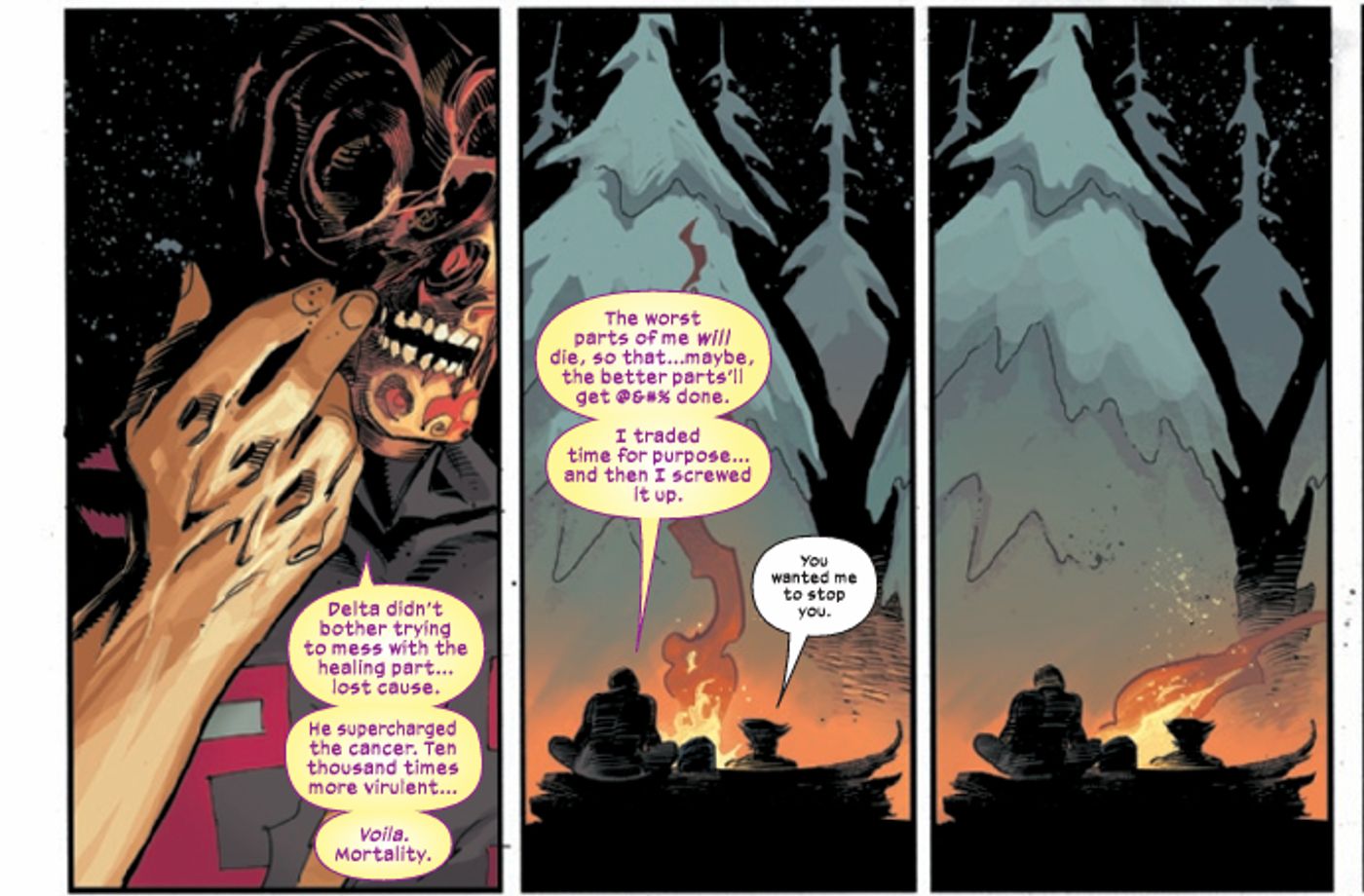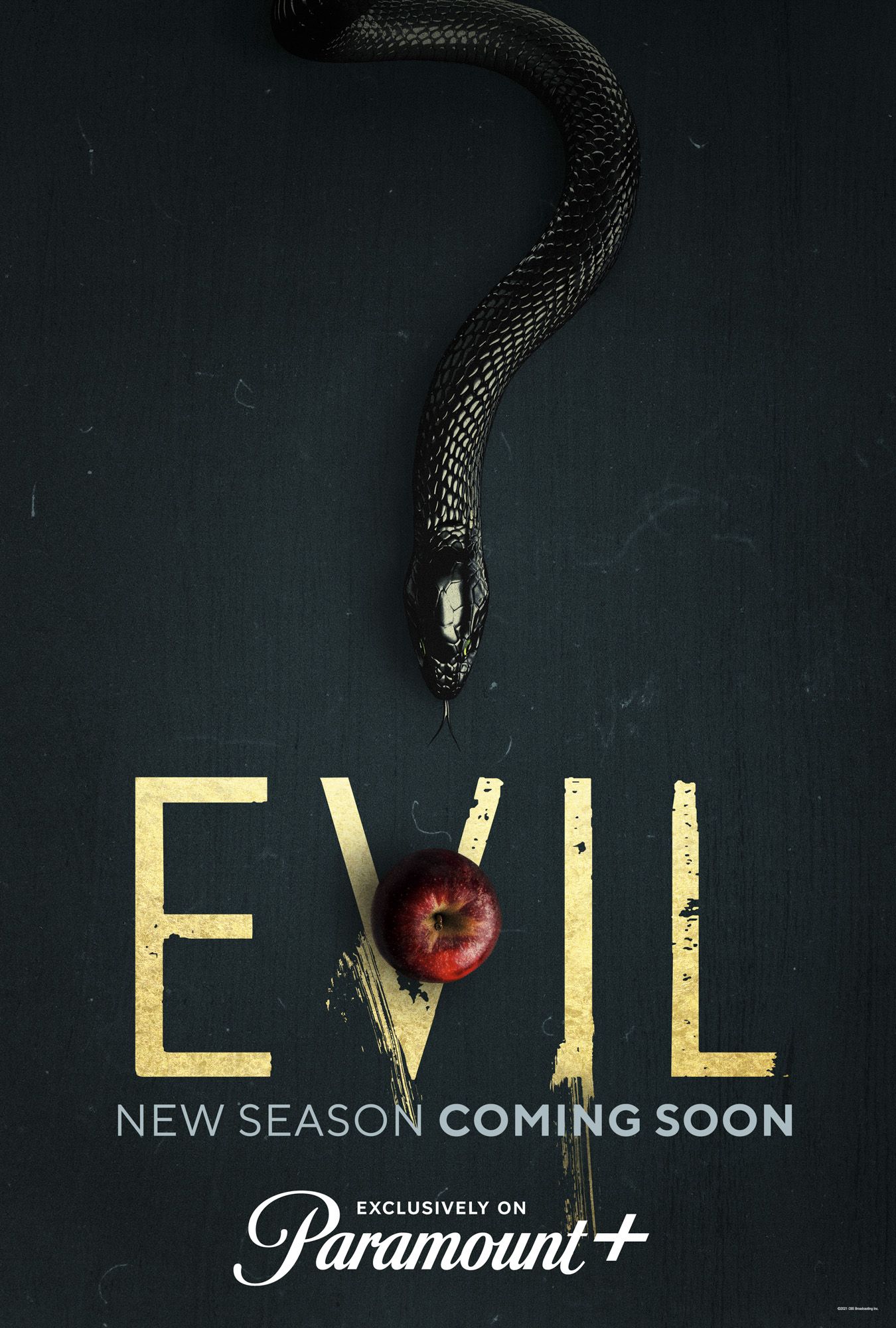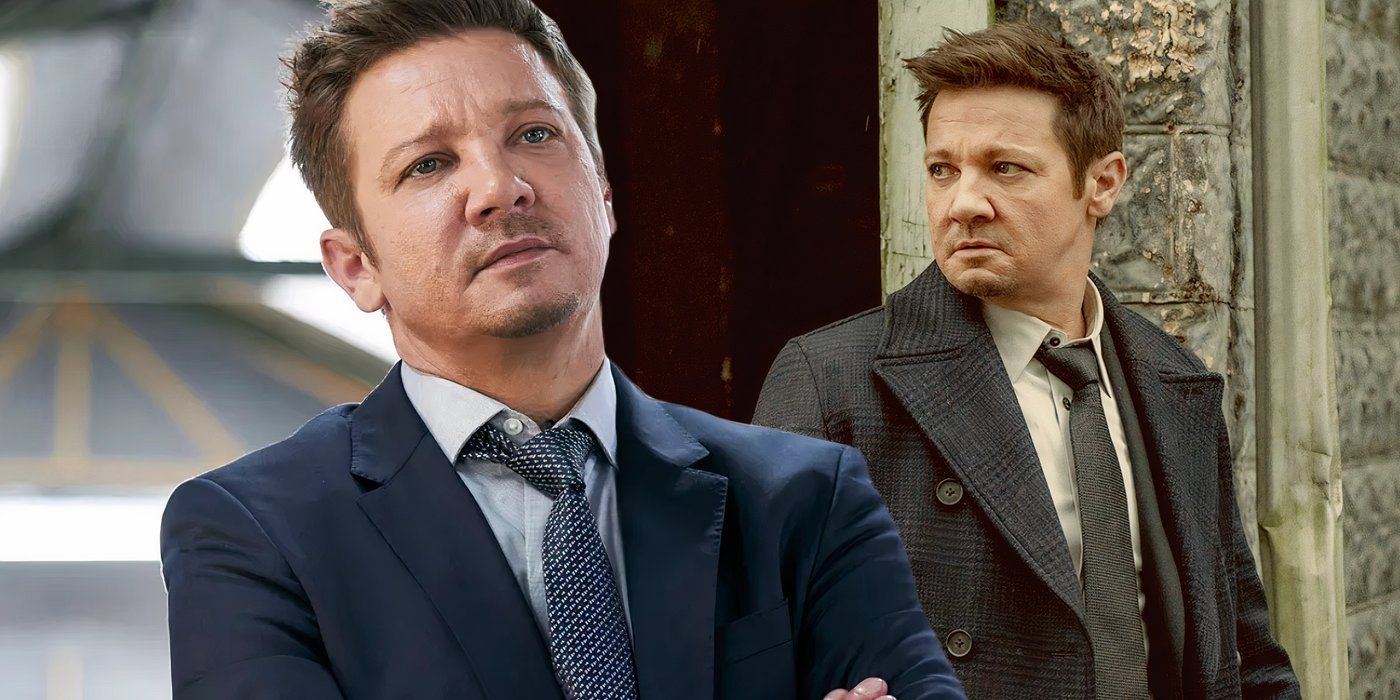Here’s a breakdown of The Greatest Showman‘s ending and how the story of P.T. Barnum continued in real life. A musical biopic starring Hugh Jackman, The Greatest Showman was a surprise cinematic hit in 2017, defying predictions and middling reviews to become a global sensation. The story begins with Barnum as the young son of a tailor, dreaming of a successful life in the circus. As a Hugh Jackman-shaped adult, Barnum marries his first love, the upper-class Charity, and starts a family in a small, run-down apartment in New York. After losing his dull office job, Barnum decides to chase his circus dream and recruits a troupe of social outcasts with various hidden talents.
With a sense of togetherness and steely determination, Barnum’s circus becomes a success, and the entrepreneur manages to convince a rich but frustrated young playwright (Zac Efron’s Phillip Carlyle) to join his ambitious venture. The circus gathers fame and renown, but Barnum’s head is turned by the prospect of a U.S. tour managing the Swedish Nightingale. Leaving behind both his circus family and his actual family, Barnum’s flight with the Nightingale turns sour and he returns home, tail between legs, to find his home empty and his circus ablaze.
The Greatest Showman delivers a typically satisfying and conclusive ending, but looking beyond the saccharine musical theater resolution and the Hollywood gloss of Barnum’s true story, there remain some ambiguities and open-ended threads. And, of course, the story of the real P.T. Barnum did not end where the movie’s final credits start rolling.
What Happened To P.T. Barnum’s Circus After The Fire?
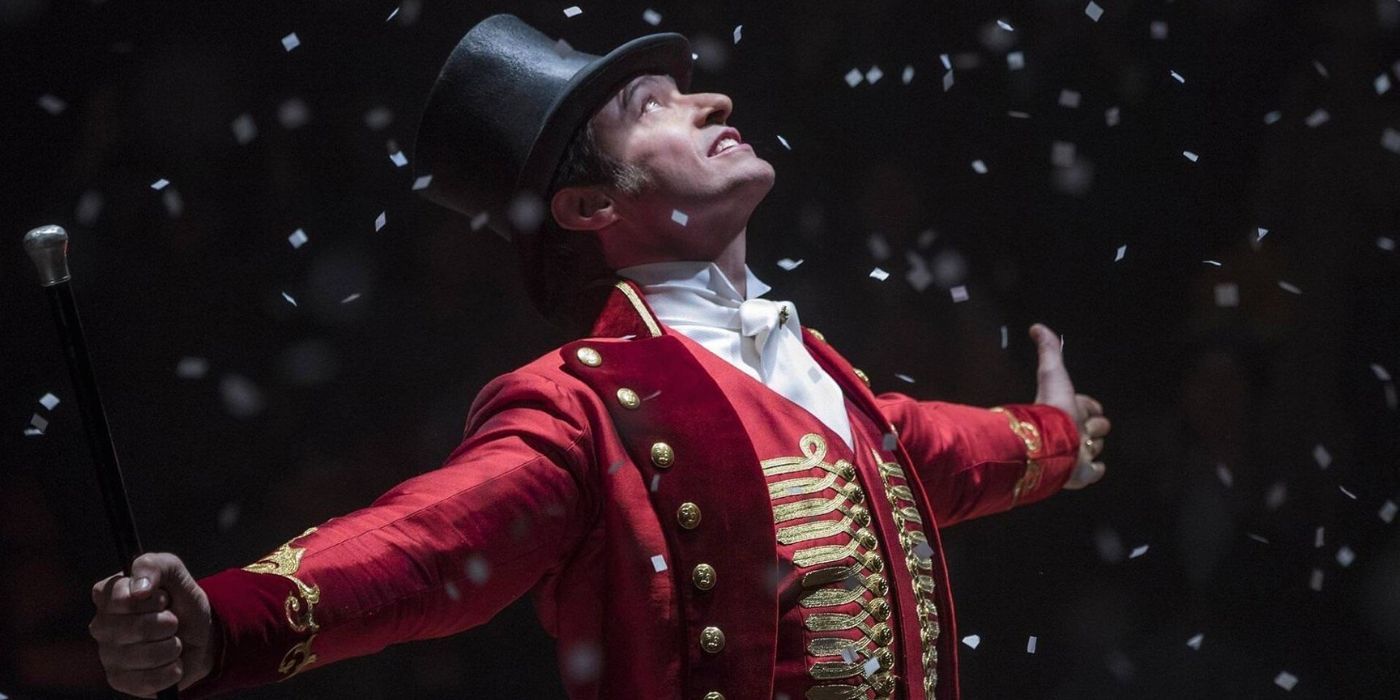
As P.T. Barnum’s stock rises in The Greatest Showman, he abandons his original ideals in favor of pure ambition, jeopardizing his marriage and the friendships he built with the circus performers. Barnum’s cinematic fall is represented physically by a huge fire at his indoor circus, when angry bigots protesting against the troupe for looking different express their rage with a deadly act of arson. While the characters manage to escape the inferno, Phillip was left badly burned, and might’ve died were it not for the returning Barnum. The Greatest Showman ends with Barnum rebuilding the circus as a travelling show and finding success once again, fulfilling his original dream without being consumed by ambition, but what happened to the circus in reality?
As with many elements of The Greatest Showman, the fire incident offers a more upbeat spin on the truth. The museum was indeed set alight in 1865, although the cause of the blaze was never discovered. There were various suspects, and the Confederate Army of Manhattan had tried to set the building on fire a year prior, but the culprit of the 1865 attack remains unknown. By making the protesters responsible, The Greatest Showman taps into its central theme of combating prejudice – a sensible change on a thematic level. Barnum managed to successfully rebuild his museum, but what The Greatest Showman doesn’t cover is how, in 1868, this revived attraction also burned down, prompting Barnum to move into the travelling circus business instead. The Greatest Showman condenses these events by moving straight from the first fire to Barnum’s happy ending. Unsurprisingly, the musical also skips the fact that many animals died during the initial 1865 destruction.
Did Barnum Retire & Leave Carlyle In Charge?
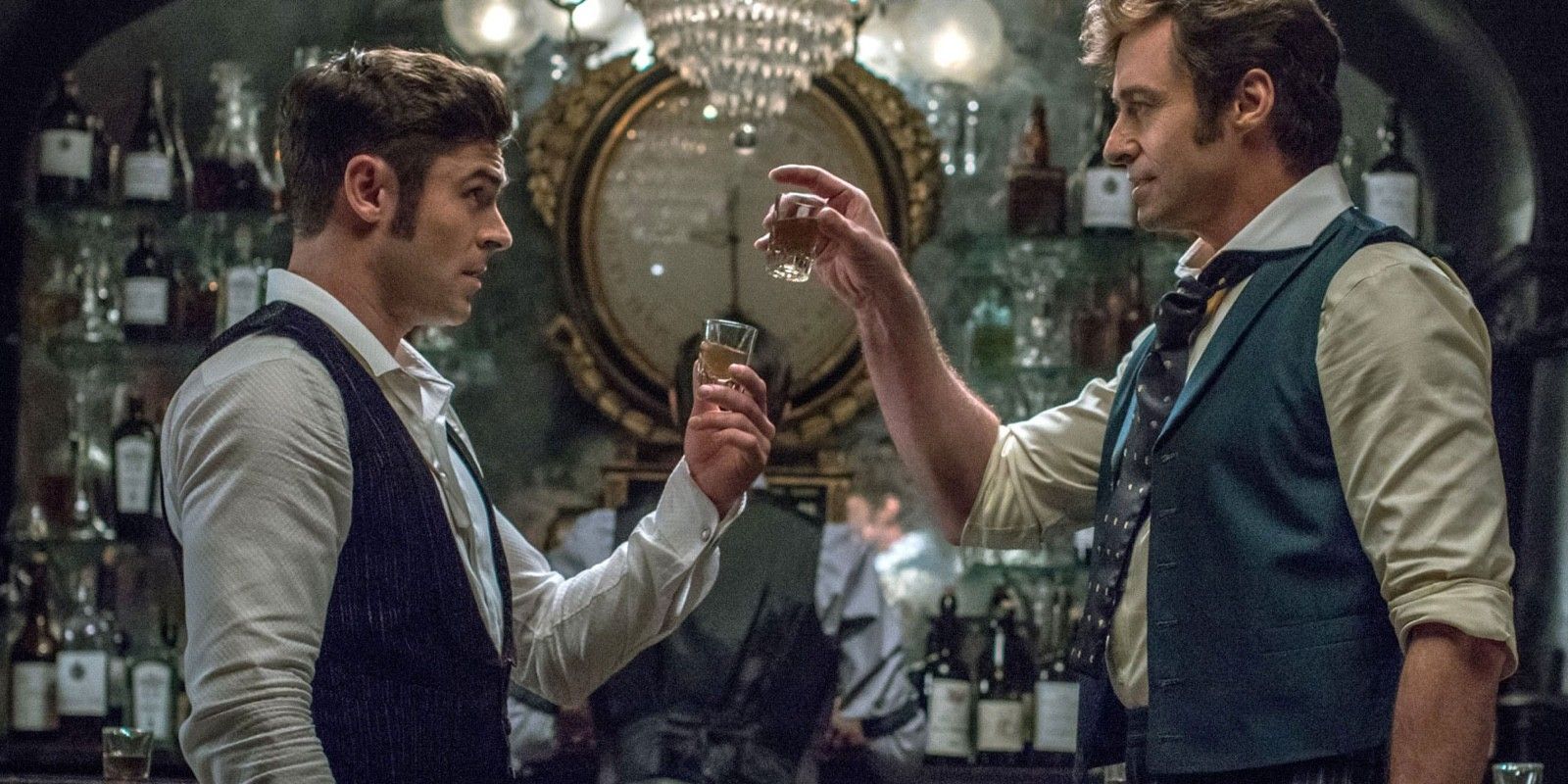
After rebuilding his circus as a travelling show and rising from the ashes of the devastating fire, The Greatest Showman‘s P.T. Barnum climbs the ladder of entertainment once again, mostly thanks to the help of Phillip Carlyle. The story’s final moments see a content Barnum pass over his role as ringmaster and leader to his young protege, leaving the circus in Carlyle’s capable hands while Barnum goes home to dedicate more time to his family. It’s a satisfying conclusion that reaffirms Barnum’s priorities. The rebuilding of the circus is the culmination of the original dream Barnum had as a child, and instead of repeating his mistake of striving ever higher, he takes the more noble path.
This did not happen in reality. After a brief retirement following his museum burning down for a second time, Barnum entered the travelling circus business and continued to work more or less until his death in 1891. Although there was no passing of the torch to a younger protege, Barnum did work with a number of contemporaries, including William Coup and James Anthony Bailey, the latter of which came to an arrangement with Barnum’s widow to take full ownership of their circus. Zac Efron’s Phillip Carlyle was not based on a real-world figure; instead his presence in the finale is designed to bring a sense of closure. Rather than following historical fact and having Barnum continue his circus career in an open-ended and inconclusive ending, passing the hat to Carlyle draws a line under the The Greatest Showman‘s narrative.
The Nightingale’s Tour Did Not Ruin Barnum
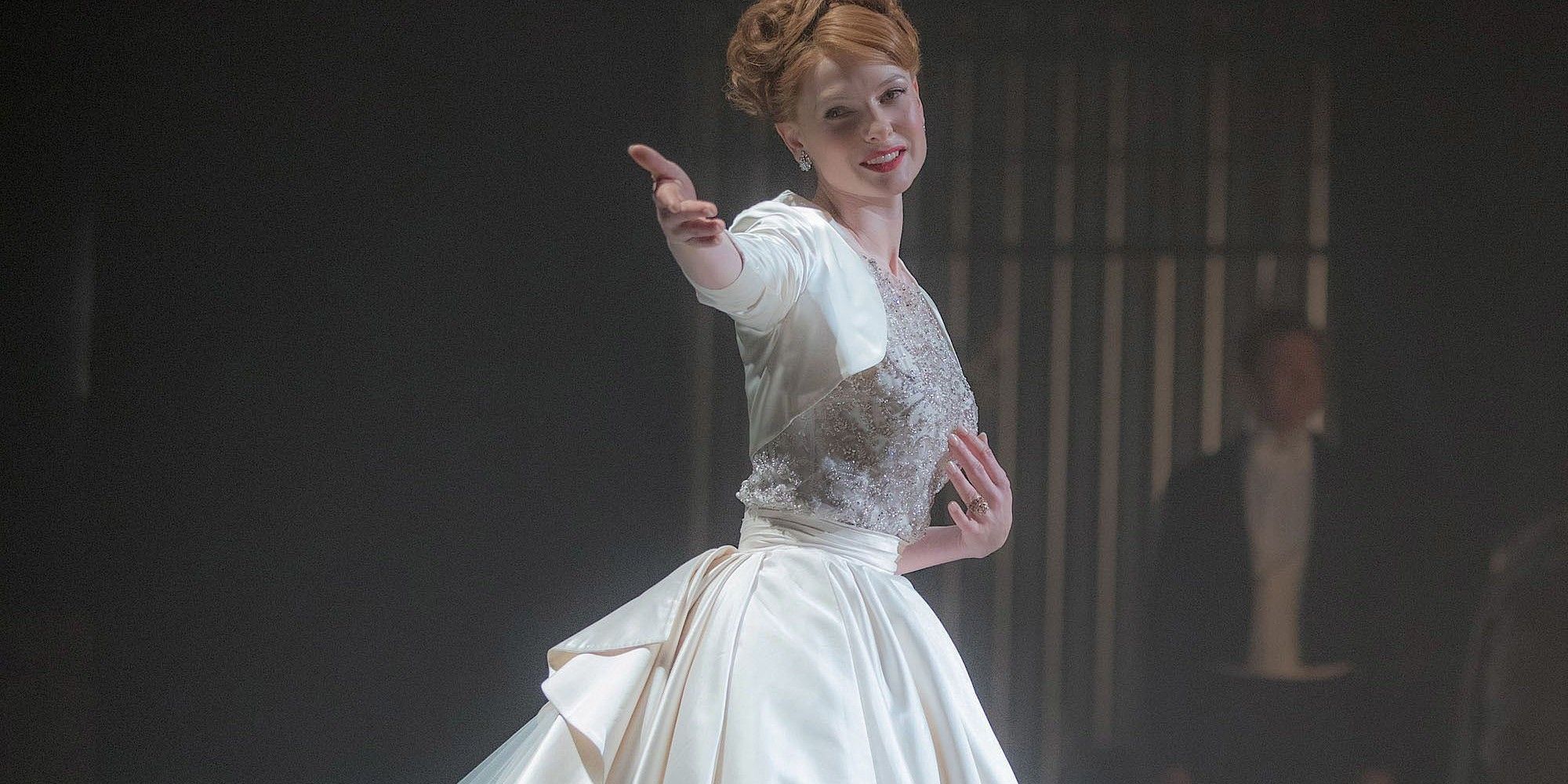
Rebecca Ferguson’s Jenny Lind, otherwise known as the Swedish Nightingale, proved to be the key factor in Barnum’s on-screen downfall. After Barnum convinces Lind to take him on as a manager, the once-humble museum owner drifts further and further away from his roots, dazzled by the bright lights and opulence of the aristocracy. Alas, just like Icarus flying too close to the sun, Barnum is burned when Lind becomes romantically interested in him and is photographed planting a kiss on a surprised Hugh Jackman. Lind cancels the tour following all the shenanigans, Barnum loses his money and his home, and with the circus burned down, Barnum is left in ruins.
Although both Jenny Lind and her association with Barnum were very real, what transpired during their U.S. tour was markedly different from The Greatest Showman‘s telling. Lind’s tour began in 1850 and was a roaring success thanks to Barnum’s shrewd marketing tactics and nose for making a profit. Lind was paid well for her appearances, but unlike Barnum, a significant percentage of the money she earned went towards charitable causes in her home country of Sweden. As depicted in the film, Lind did cut the tour short, but her motivations were much more wholesome – the singer had become uncomfortable with the circus-like money-making machine Barnum had turned the tour into, with crowds becoming increasingly wild. Lind exercised a clause in her contract that allowed the tour to be curtailed, and since she was perfectly entitled to do so, the split wasn’t nearly as acrimonious as The Greatest Showman suggests. The fact that Barnum had already made a fortune from the tour probably helped smooth over their split.
The Greatest Showman depicts romantic tensions as the root cause of the tour’s cancellation, and while it’s impossible to know what went on behind closed doors, there’s no evidence to suggest any such liaison genuinely took place between the pair. Given Lind’s reputation as a virtuous soul, an affair would certainly be surprising, however. The song “Never Enough” alludes to the pitfalls of greed and constantly striving for more instead of appreciating the riches one already has, and this plays on Lind’s real life issues with Barnum as a businessman.
This Is Me Offers The Real Message Of The Greatest Showman: Everyone Is Equal
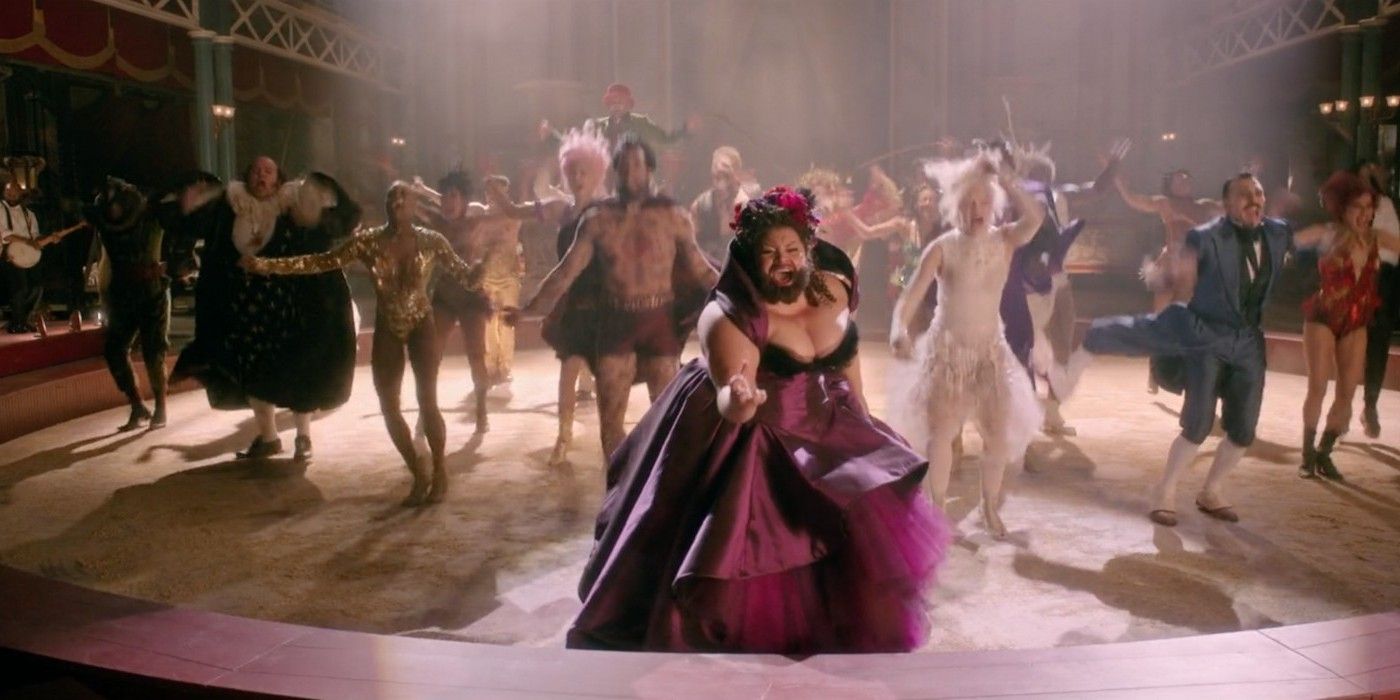
A variety of themes and moral messages can be found in The Greatest Showman‘s ending – the importance of following a dream, the pitfalls of ambition, family and friendship trumping career goals and profit. But the overarching message is one of acceptance and equality. The Greatest Showman establishes three main lines of prejudice that run throughout the film. The most obvious is the treatment of Barnum’s circus troupe at the hands of the baying general public, who view them as freaks and outsiders based purely on appearance. Before that, however, there’s a class divide introduced while Barnum is still a child. Jackman’s character was a working class grafter marrying a wealthy and well-educated woman, forever trying to prove that he belonged in that world by chasing greater success. Finally, there’s the racist attitudes of the 19th century represented through Phillip and Anne’s forbidden romance story.
All three of these prejudices are dealt with by The Greatest Showman‘s ending. The circus troupe sing “This Is Me” in defiance of the protesters mocking their uniqueness, and the dim-witted mob set fire to the circus building in retaliation. The troupe band together, keep singing, and refuse to be defeated by the hateful voices trying to drag them down. By the end of the movie, the circus is back, bigger and better than ever before, allowing the performers to succeed in the face of adversity and once again turn their supposed weaknesses into strengths. Barnum also changes his view of the social divide between haves and have-nots. Previously, Jackman’s character strove to integrate himself into the aristocracy, to prove he could give Charity the life he promised her father. By retiring from the circus in the finale, Barnum proves his growth as a character. No longer does he believe financial success and high-class status are the key to doing right by his family – spending time with them and being physically present is far more important.
The racial aspect to The Greatest Showman‘s story arguably doesn’t get as much time and depth as it deserves, but this too is rounded off in the film’s ending. The back-and-forth relationship between Efron’s Phillip Carlyle and Zendaya’s Anne is hampered by racial prejudice from Carlyle’s family, and the couple question whether or not they “should” be together. After Carlyle risks his life by running into the burning circus to save Anne, they reconcile in hospital, with Zendaya’s character sitting at the bedside of her badly burned boyfriend – a relatively simplistic ending for such a complex issue.
These fights against injustice are encapsulated in the song “This Is Me,” which has become the rallying cry of The Greatest Showman. Although it’s Keala Settle and the circus troupe who perform this iconic number, the song’s message of tolerance and equality applies to all examples of discrimination present in P.T. Barnum’s story.

